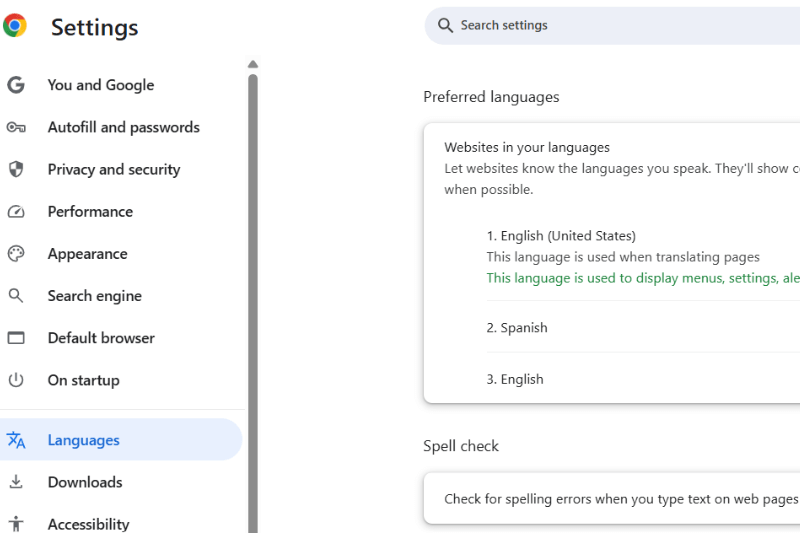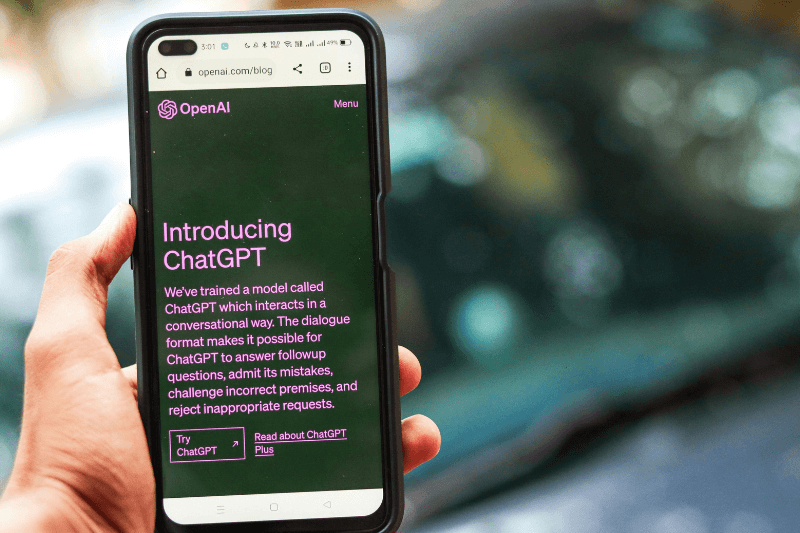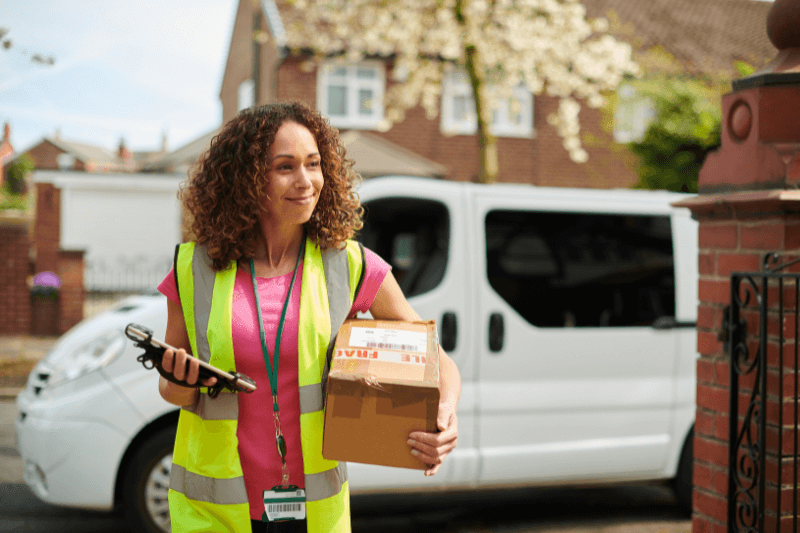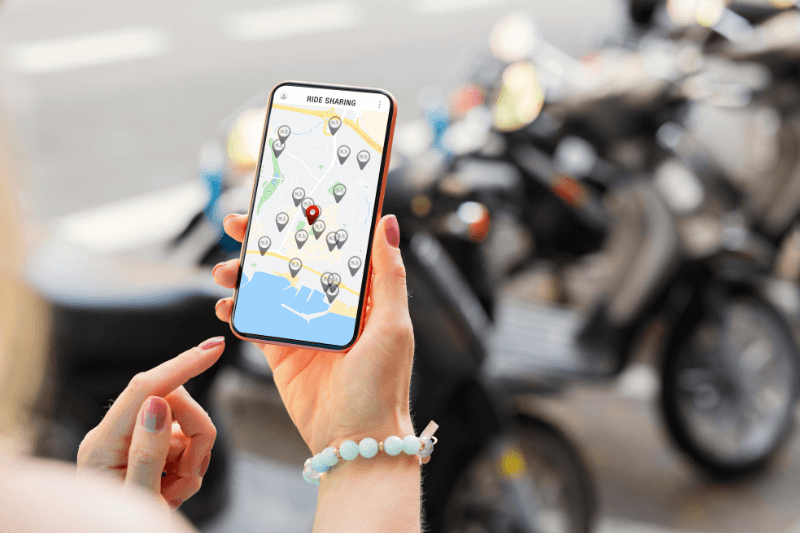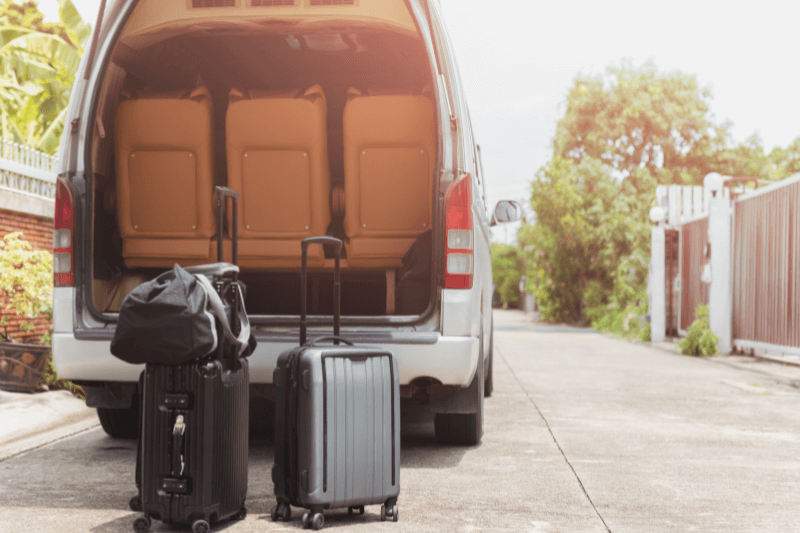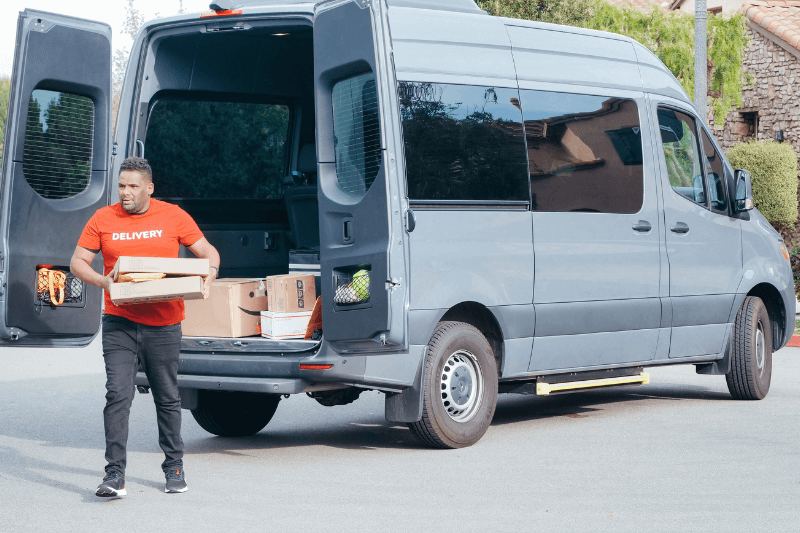Delivery Route Software
October 12, 2022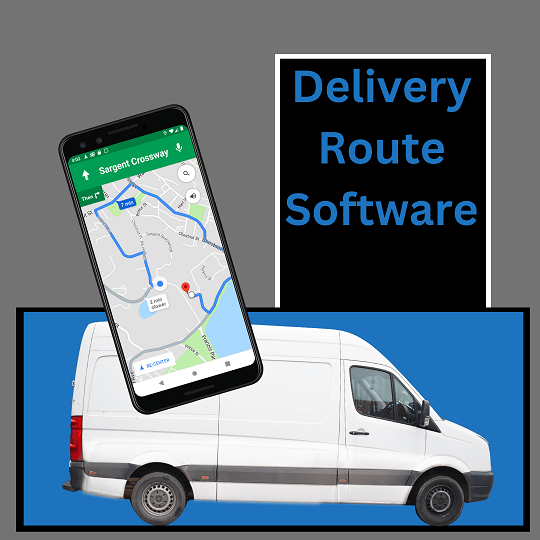
Investing in delivery routes as a business opportunity often flies under the radar. But, if you’re looking to start a small business, delivery routes and distributorships offer some significant advantages.
What is a Delivery Route Business?
Business routes usually follow established stops or accounts. You have two choices when it comes to delivery routes—protected or independent. A protected route includes either a geographic location or protected stops (e.g., specific addresses instead of an area or region).
An independent route means you service more than one supplier, and therefore aren’t as limited. Independent routes are generally less expensive, with the potential to make a higher net profit, but also are more competitive.
How Do I Find a Delivery Route to Buy?
If you know the type of route you want to buy, start by contacting the company directly. Broker sites also offer details on routes for sale. Routes become available all the time, and some of the opportunities are quick to sell.
Delivery routes run the gamut—from well-known brands to couriers to personal services, and more. Here are some typical delivery routes for sale:
If you choose to work with a specific brand (e.g., FedEx or Pepperidge Farm), you remain an independent operator as well as a brand representative. These companies usually have standards that you must comply with—including graphics, dress codes, paperwork, etc. However, these companies also take responsibility for some, if not all, of the brand marketing and logistics.
Are Routes a Good Investment?
Once established, income from delivery routes usually becomes very stable. Routes are available at all price levels, and they vary widely. Besides the actual cost of the route, you’ll also need to invest in equipment—specifically delivery vehicles—and be prepared to manage the expenses associated with facilities (either rented or your own home), assets (vehicles, computers, technology, etc.) and business software (financial, route planning, etc.).
Are Delivery Routes Profitable?
Generally, when you buy a route, you’re buying a service with a pre-determined customer base. That means revenue generation begins from the very beginning. To increase profits, you may choose a route with the potential to add additional customers, or you can also own more than one route.
Find out how MyRouteOnline can make your delivery route more efficient—and profitable.

